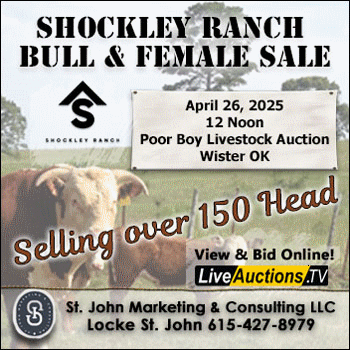The Eastern Young Cattle Indicator has slumped almost 60% this year and was near the lowest since December 2014 on Tuesday.
(Bloomberg) -- The cost of Australian cattle has tumbled to the lowest level in about nine years and is likely to fall further as ranchers cull an expanded herd ahead of drier weather following the onset of El Niño.
The Eastern Young Cattle Indicator has slumped almost 60% this year and was near the lowest since December 2014 on Tuesday. The country’s herd has swelled to the largest in a decade after three years of plentiful rainfall revitalized pastures, according to Meat & Livestock Australia.
Australia just posted its driest September on record and El Niño is expected to persist until at least the end of February, bringing warmer conditions and lower rainfall. Farmers are poised to ramp up sales and shun buying of new livestock as hotter weather bakes pastures used for feed, weighing on cattle prices.
The influx of cheaper Australian beef will allow the nation to recapture some market share in key Asian consumers such as Japan and South Korea from the US, according to Matt Dalgleish, the founder and director of Episode 3. “Our pricing is as competitive as it’s ever been now compared to the US,” he said.
US ranchers have been forced to send livestock to slaughter over the past few years due to drought and higher feed costs. However, cattle prices recently climbed to a record, which is expected to encourage farmers to retain more cows. The nation’s herd is at the lowest seasonal level since 2014.
“The US will be not producing as much for an extended period of time and that will give Australia an opportunity,” said Stephen Bignell, manager of market information at Meat & Livestock Australia. “US producers will hold on to their animals and try and build up their inventory and stock levels.”
At least one large processor is preparing for more cows. Meat giant JBS SA last month announced that it would add more than 500 jobs at its Dinmore plant in Ipswich, Queensland, and increase processing in the first half of 2024.
The move will support increased market demand for red meat as herd sizes and availability of livestock improves, JBS said in a statement. Dinmore is the largest beef processing plant in the southern hemisphere.















